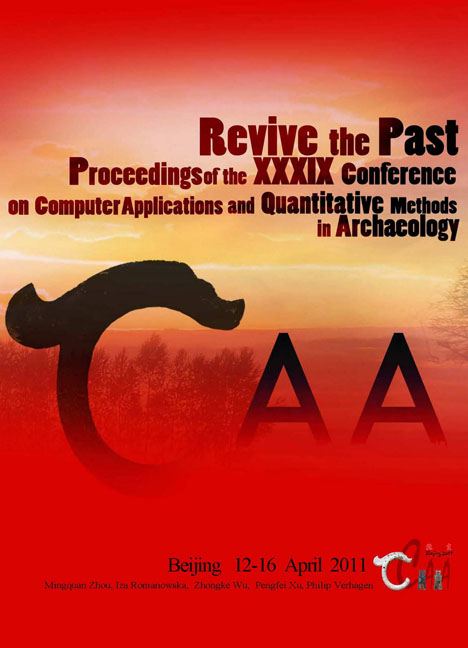 Revive the Past
Revive the Past The World of Thucydides: From Texts to Artefacts and Back
Published online by Cambridge University Press: 23 June 2021
Summary
Abstract:
The ongoing work presented in this paper is related to the Hellespont project, an NEH-DFG founded project aimed at joining together the digital collections of Perseus and Arachne. We shall discuss the design of a Virtual Research Environment (VRE) that combines archaeological data from Arachne and textual data drawn from Perseus with bibliographic information contained in JSTOR. We take as test-bed for our approach the so-called Pentecontaetia of the ancient Greek historian Thucydides (Thuc. 1,89-1,118).
Key Words: VRE, Classical Archaeology, Classical Philology, CIDOC-CRM, TEI
Introduction
The Hellespont project (Hellespont 2012), which involves the German Archaeological Institute and Tufts University from October 2010 to September 2013, is a case study that bridges two of the largest publicly available online databases in the field of Classical Studies: Arachne (Arachne 2012) and Perseus (Perseus 2012). Once the project is completed, the archaeological and philological evidence on any topic within these databases will be combined in a single and extensible environment. Regardless of the individual starting point of any research, primary and secondary evidence from each of the collections will be available via this bridge. Finally, merging Arachne and Perseus opens up new modes of interoperability between textual and archaeological data which can also be applied to other data collections.
What kinds of information are interesting to the historical sciences? Within the fields of the study of ancient Greece and Rome, the traditional approach to studying an ancient topic is usually to start from archaeological or philological sources, and at the same time to extract as much information as possible about the previous research on that topic, i.e. the secondary sources. With more and more information now becoming available, there is an increasing demand for global research on a specific topic, comparative studies, data transfer, data migration and data mining in heterogeneous sources. Therefore, within the broader context of the Hellespont project, the extensive and systematic integration of secondary sources within a common interface is a further aspect. Finally, the idea of connecting several types of sources in a virtual environment aims to enable quicker and less regulated access to all relevant data than is possible using traditional methods and tools.
- Type
- Chapter
- Information
- Revive the PastProceedings of the 39th Conference of Computer Applications and Quantitative Methods in Archaeology, pp. 276 - 284Publisher: Amsterdam University PressPrint publication year: 2012
